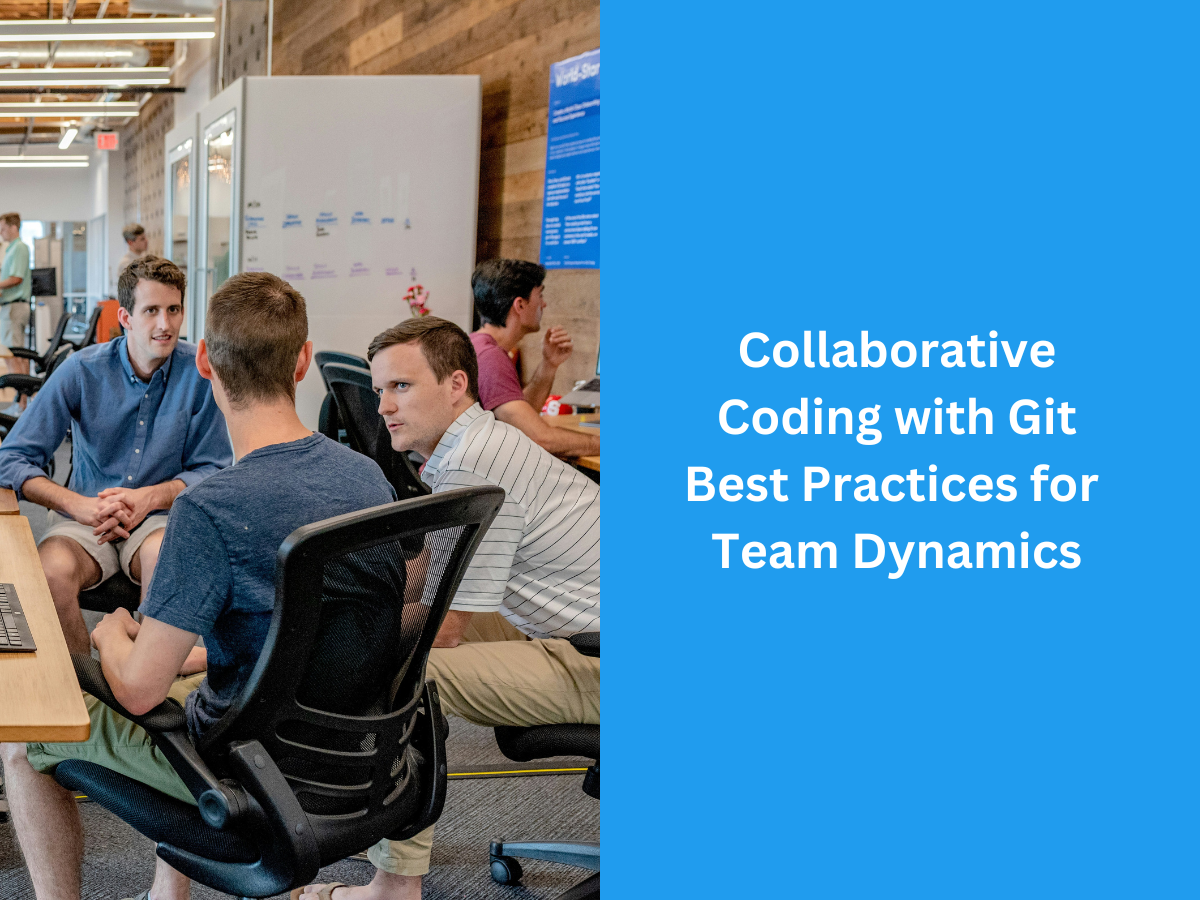Salesforce Summer ’24 Release Flow Top New Features.
1. Let Einstein Build a Draft Flow for You
Reach your automation goals with Einstein by describing what you want to automate and letting Einstein generative AI handle the heavy lifting. From the description you provide, Einstein creates a draft flow with elements and resources to get you started.
From the Flows section in Setup, click New Flow, or from the Automation Lightning app, click New. Select Let Einstein Help You Build (1) and then click Next.

Write instructions from scratch (2), or get started with sample instructions (3).

After your draft flow opens in Flow Builder, it’s important to check the flow for accuracy and safety. Also, be sure to debug and test the flow before activating. To get increasingly better flows from Einstein, share your feedback in the Einstein window by hovering over the Einstein message and selecting thumbs up or thumbs down (4). If the flow doesn’t meet your needs, start over in a new window (5).

2. Collect User Input to Build a List of Records from a Screen (Generally Available)
Collect information about multiple items of the same type on a screen with the Repeater component. For example, use a Repeater component to gather details about beneficiaries on an insurance policy. Users can add as many beneficiaries as needed on the screen. You can then loop through the list of beneficiaries to create records. This feature, now generally available, includes some changes since the last release. We delivered this feature thanks to your ideas on IdeaExchange.
In Flow Builder, open a Screen element and add a Repeater component. Add child components to the Repeater component. For example, add components to collect the first name, last name, date of birth, and relationship for a beneficiary on an insurance policy.

After the Screen element, loop through the Repeater component output and save the list of beneficiaries in a collection variable that you can use elsewhere in the flow. For example, you can use the variable to create a Contact record for each beneficiary.

3. Empower Users to Fill in Addresses More Quickly with the New Search Field in the Address Screen Component
Include a search field powered by Google Maps in the Address screen component. When the user selects an address in the search field, the flow populates the address fields. We delivered this feature thanks to your ideas on IdeaExchange.
Where: This change applies to Lightning Experience and Salesforce Classic in Essentials, Professional, Enterprise, Performance, Unlimited, and Developer editions. It’s not supported in Classic runtime for flows. It’s also not supported in Playground, Experience Builder sites, Lightning Out, Lightning Components for Visualforce, and standalone apps.
How: In Flow Builder, create a screen flow, add a Screen element to the flow and include an Address component in the Screen element. In the Enable Google Maps Search Field field, enter {!$GlobalConstant.True} or specify a formula resource that evaluates to true. Specify a label for the search field. Save and run the flow.

4. Require User Input in the Address Screen Component
Require users to fill in the fields of the Address screen component before navigating to the next screen with the Required field. If you set the Required field to true, a red asterisk appears next to the label of each input fields in the component. We delivered this feature thanks to your ideas on IdeaExchange.
Where: This change applies to Lightning Experience and Salesforce Classic in Essentials, Professional, Enterprise, Performance, Unlimited, and Developer editions. It’s not supported in Classic runtime for flows.
How: In Flow Builder, create a screen flow, add a Screen element to the flow. Add an Address component to the screen. Set the Required field to a Boolean value such as {!$GlobalConstant.True} or to a formula resource that evaluates to true. Save and run the flow.

5. Restrict User Input on Screen Components with the Disabled and Read Only Fields
Use two new fields to specify how users interact with screen components. When the Disabled field is set to true, users can’t navigate to, copy, or modify any fields in the component. A gray background appears on the input fields in the component to provide users with a visual cue. When the Read Only field is set to true, users can’t modify any fields in the component. However, they can navigate to and copy values.
In Flow Builder, create a screen flow, add a Screen element to the flow. Include one or more components with the Disabled or Read Only field. Set one or both of the new fields to {!$GlobalConstant.True} or to a formula resource that evaluates to true. Save and run the flow. For example, this image shows a Name component with the Disabled field set to true.

The following table shows which components have the Disabled and Read Only fields.
| SCREEN COMPONENT | HAS DISABLED FIELD | HAS READ ONLY FIELD |
|---|---|---|
| Action Button (Beta) | No | Not applicable |
| Address | Yes | No |
| Checkbox | Yes | Not applicable |
| Checkbox Group | Yes | Not applicable |
| Choice Lookup | Yes | Not applicable |
| Currency | Yes | Yes |
| Date | Yes | Yes |
| Date & Time | Yes | Yes |
| Dependent Picklist | No | Not applicable |
| Yes | Yes | |
| File Upload | Yes | Not applicable |
| Long Text Area | Yes | Yes |
| Lookup | No | No |
| Multi-Select Picklist | Yes | Not applicable |
| Name | Yes | Yes |
| Number | Yes | Yes |
| Password | Yes | Yes |
| Phone | No | Yes |
| Picklist | Yes | Not applicable |
| Radio Buttons | Yes | Not applicable |
| Slider | No | Not applicable |
| Text | Yes | Yes |
| Toggle | Yes | Not applicable |
| URL | Yes | Yes |
6. Run and Use the Results of an Autolaunched Flow on the Same Screen with the New Action Button Component (Beta)
Add an Action Button component to a flow screen to run and retrieve information from an active autolaunched flow without leaving the screen. The component renders a button that invokes the flow when clicked. For example, create a screen that includes a Lookup component that enables a user to search for and select a Contact record. Add an Action Button component to the screen to launch a flow that retrieves the Account, Case, and Opportunity records associated with the Contact record and populates other fields on the same screen. The user doesn’t have to navigate away from the screen to run the flow.
In Flow Builder, create and activate an autolaunched flow that retrieves data and saves data as one or more outputs that you can reference later in the flow. Then, create a screen flow, add a Screen element to the flow, and include an Action Button on the screen. Configure the Action Button component to launch the autolaunched flow that you previously created. Add another element to the screen that ingests the data you retrieve with the Action Button component. Save and run the flow.

7. Find the Type of Automation to Build with Ease
Now it’s easier to find the type of flow or orchestration you want to build. Instead of scrolling through all types and templates in one window, you’re prompted to decide whether you want to start from scratch or use a template. The next window shows only relevant information, based on what you selected on the previous window. For example, if you select the option to use a template, the next window lists only templates. Also, you can now search for templates.
From the Flows section in Setup, click New Flow, or from the Automation Lightning app, click New. Select the type of automation you want to build, then click Next.

If the selected automation type is Start From Scratch, the next window shows flows and orchestrations.

If the selected automation type is Use a Template, the next window shows templates. Search for your template to find it faster.

8. Check for Duplicates Before Creating Records in a Flow
To prevent duplicate records, check for records that match a set of criteria in the Create Records element. Also specify whether to skip or update matching records. If you choose to skip matching records, the flow doesn’t create or modify any records. If you choose to update matching records, the flow modifies the records with the values that you provide. Some field-level configurations and validations in your org override the settings in the Create Records element.
In Flow Builder, create a flow that includes a Create Records element. In the Create Records pane, enable Check for Matching Records. Add one or more conditions. Select whether to update or skip matching records. Save the flow.

9. Transform Your Data in Flows (Generally Available)
Modify your data into the shape that fits your business process with the new Transform element in Flow Builder. Now generally available, the Transform element includes some changes since the last release. Mapping tips help you avoid errors before you save your flow. Previously, you received errors for the Transform element only when you saved the flow. Also, you can use your keyboard and screen reader to navigate the Transform element more easily. Previously, you couldn’t navigate source or target data or hear descriptions about mappings.
To view a mapping tip of a misconfiguration error, hover over the error icon  shown next to a target data field or collection when you configure the Transform element in Flow Builder.
shown next to a target data field or collection when you configure the Transform element in Flow Builder.

To view a mapping tip next to a target field or collection that’s unavailable for mapping, hover over the space next to the target field or collection.

10. Update Choices on a Screen in Real Time with Reactive Collection Choice Sets
Screen components that accept Collection Choice Set resources as inputs can now react to changes in other components on the same screen. For example, you can now use the output of a Data Table component to populate a collection choice set resource, and then use that resource to configure a Choice Lookup component on the same screen. Each time a user updates a selection in the Data Table component, the Choice Lookup component reflects the change. Previously, collection choice set resources couldn’t react to changes on the same screen.
In Flow Builder, create a screen flow, add a Screen element to the flow, and include a component that populates a collection choice set on the screen. Add a choice component such as a Choice Lookup component to the screen and set the Choice value for the component to the collection choice set. Save and run the flow.












